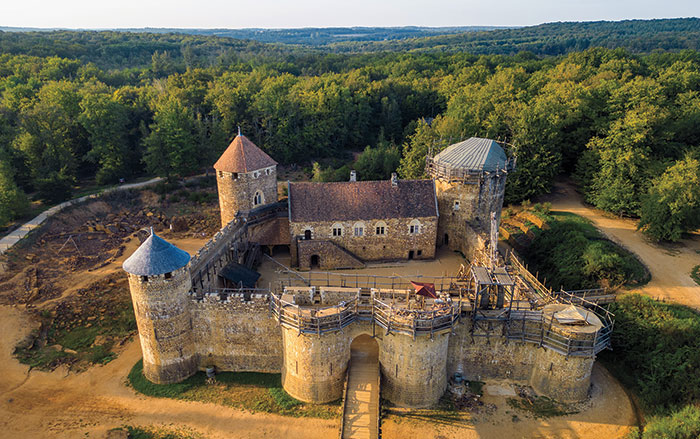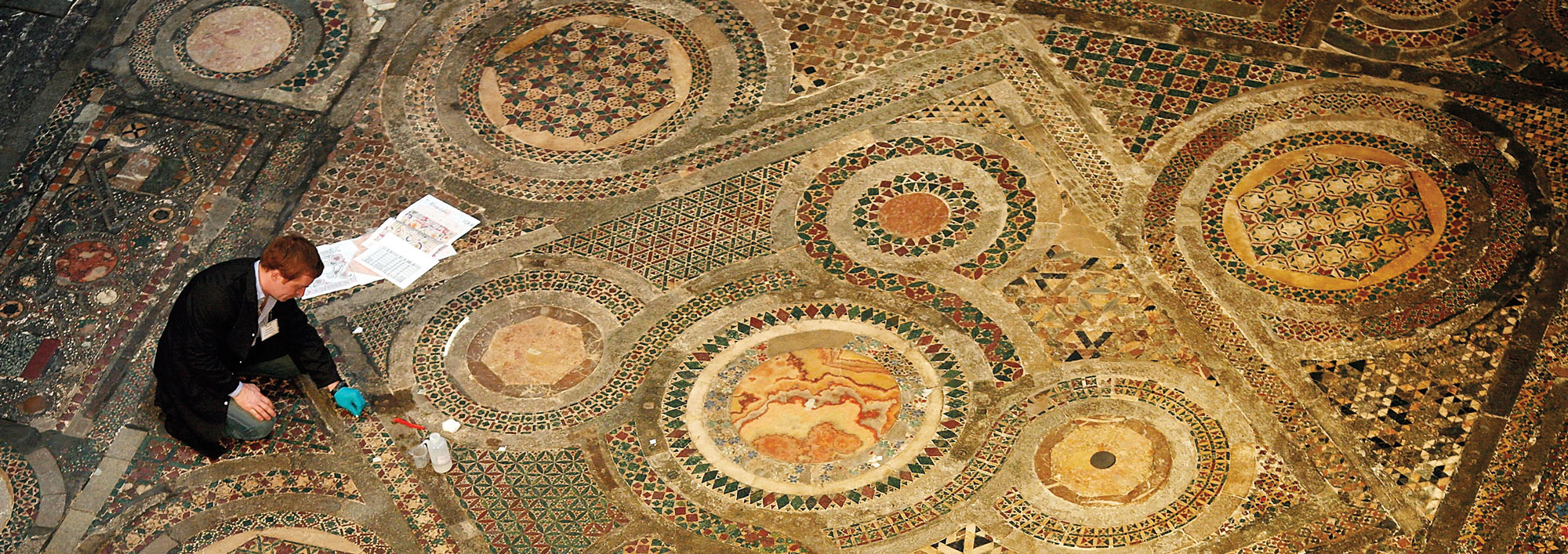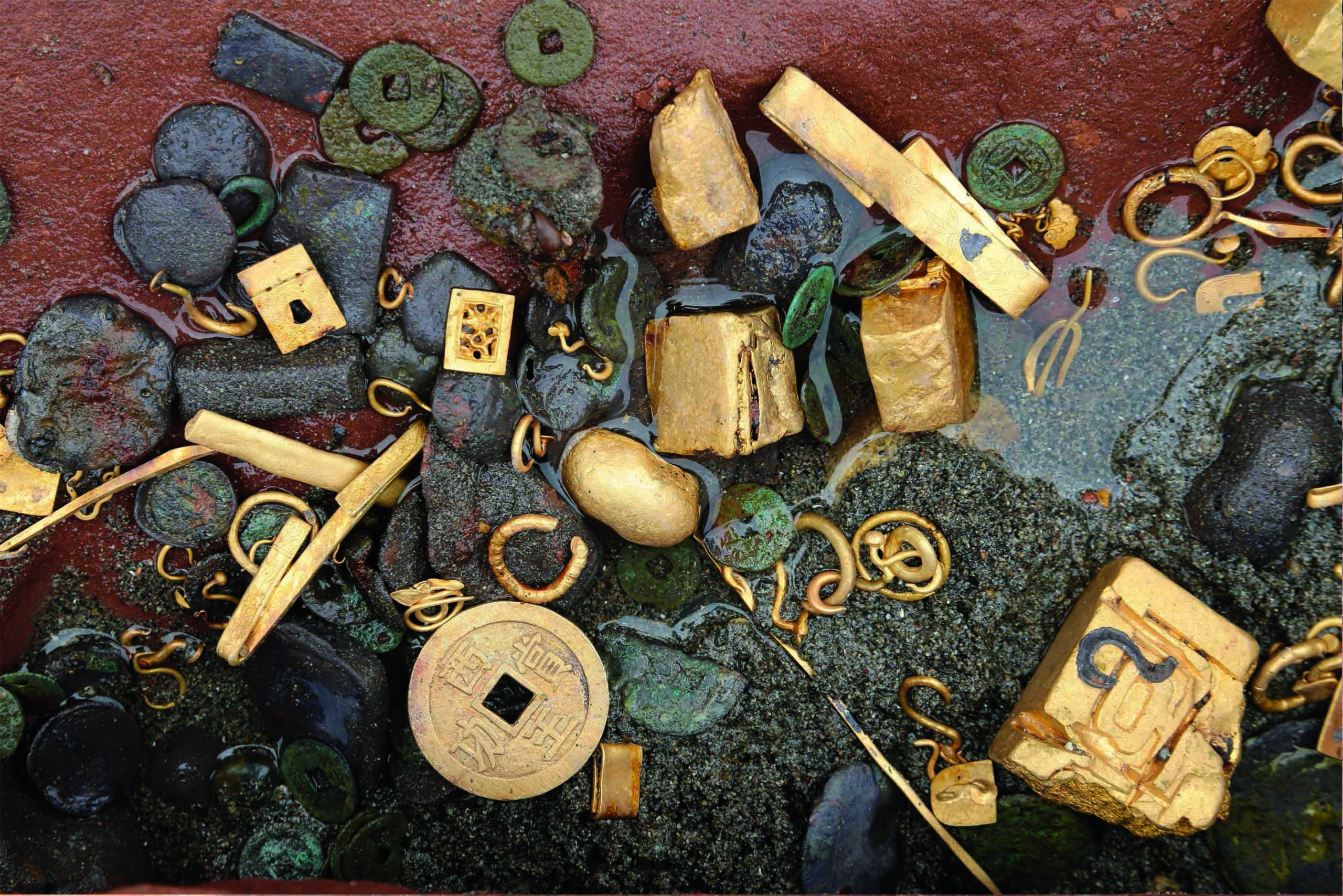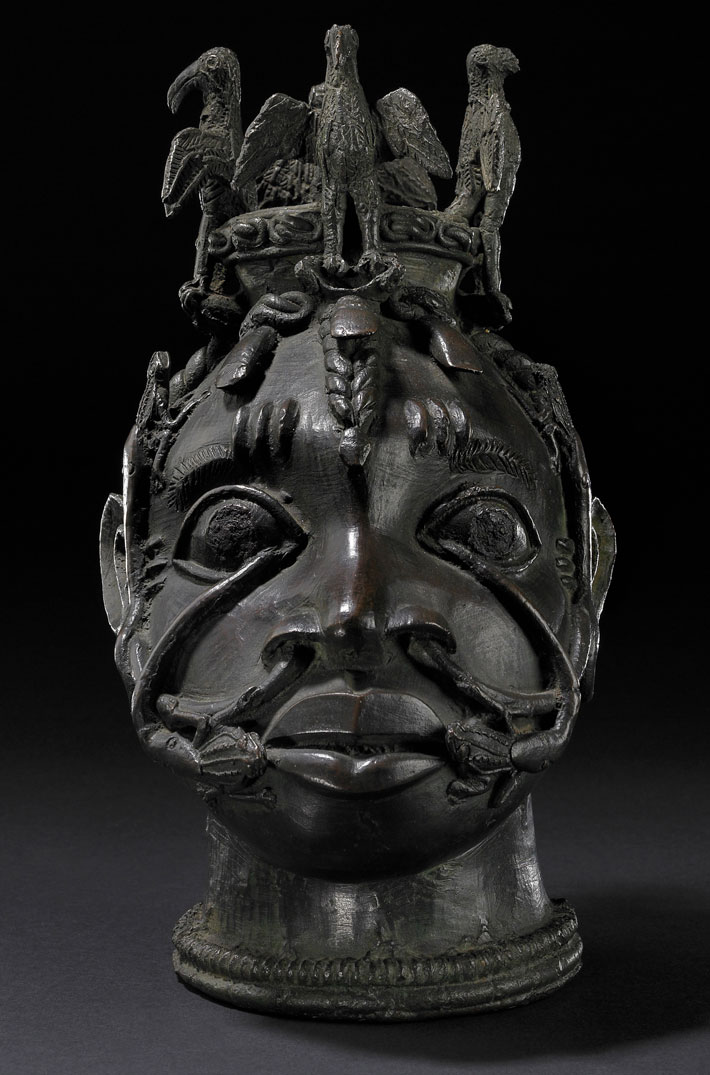
GUÉRANDE, FRANCE—Four coin deposits, discovered during an excavation ahead of a construction project near the west coast of France, were examined in 3-D through computed tomography scans at the University of Caen, according to a statement released by France’s National Institute for Preventative Archaeological Research (INRAP). The coins in the first cache, dated to between 1180 and 1204, had been placed in an oak container. A building was later constructed on the site in the fourteenth century. The other three deposits, dated to 1341 or 1342, were found in a corner of one of the rooms of this building. Coins in these deposits had been placed in ceramic containers. All of the fragile caches were removed from the site in soil blocks. Information obtained through the imaging process allowed the scientists to determine what materials were involved and helped them to ascertain the best way to proceed with the excavation in the laboratory. For example, the scans revealed that the coins in one of the fourteenth-century containers had been sorted and placed into four squares of linen fabric. These cloth envelopes had then been placed into a larger leather one. The researchers were therefore ready to handle the delicate organic materials. Photogrammetry was also used to create 3-D models of the contents of all four containers before they were disassembled. These models will help the scientists to investigate how money was managed as they work to identify the more than 2,000 coins. To read about CT scanning of a clump of corroded silver coins from a Portuguese shipwreck, go to "Is It Esmeralda?"










